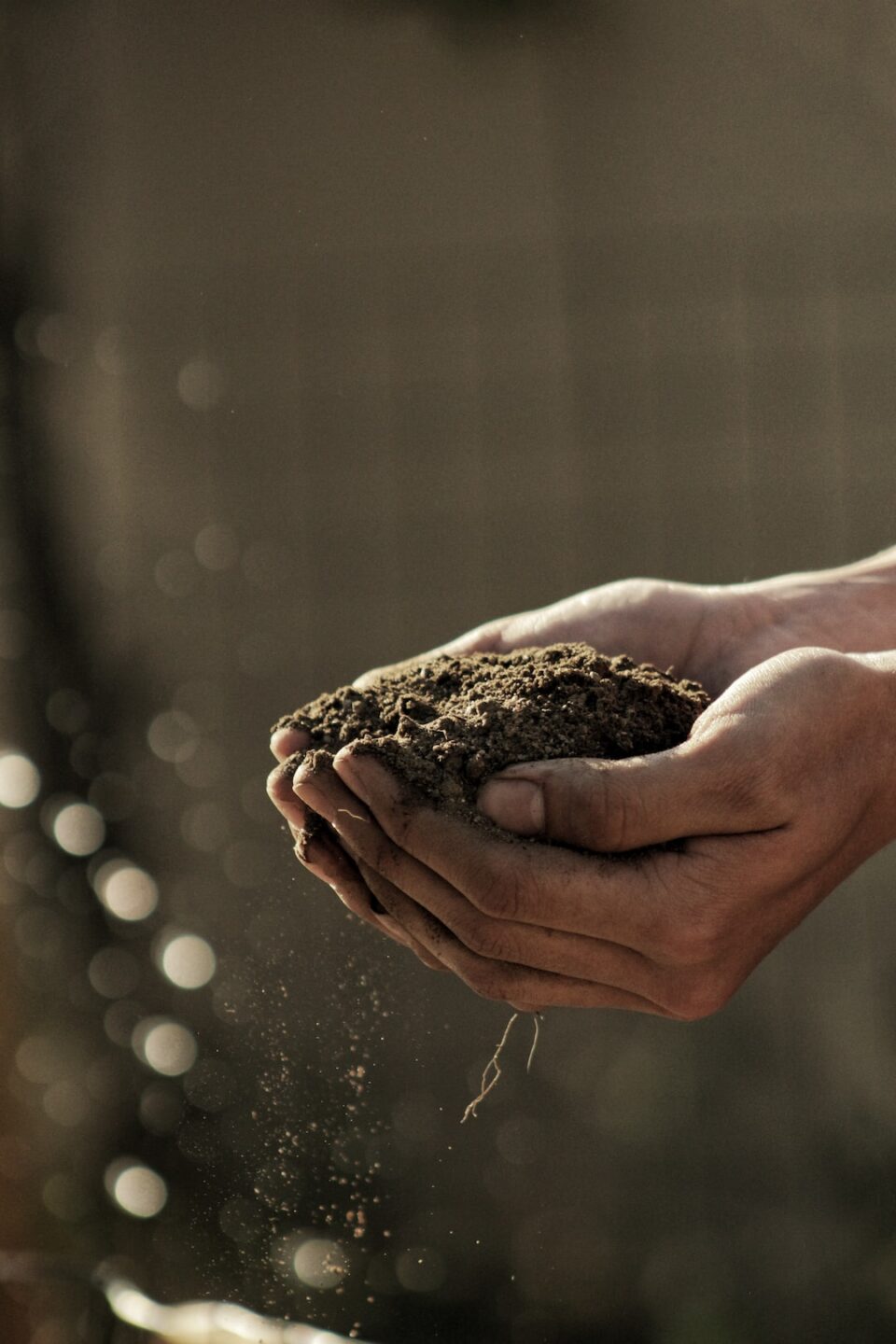How to Attract Pollinators to Your Garden
Pollinators play a crucial role in the ecosystem by aiding in the process of pollination, which is necessary for the reproduction of flowering plants. From bees and butterflies to birds and bats, these incredible creatures help to transfer pollen from the male to the female parts of plants, enabling them to produce fruits, seeds, and new generations of plants. However, with pollinator populations declining worldwide, it has become more important than ever to create a welcoming environment for these essential garden visitors. Here are some tips on how to attract pollinators to your garden and help support their populations.
1. Plant a variety of flowers: Pollinators are drawn to a diverse range of flowers, so aim to have a mix of native and non-native species in your garden. Choose plants that bloom at different times of the year, as this ensures a consistent food source for pollinators throughout the seasons. Opt for flowers with varying colors, shapes, and sizes to cater to different pollinator species.
2. Provide a water source: Just like any living creature, pollinators need water to survive. By adding a shallow birdbath or a small container with water and pebbles, you can create a water source that pollinators can utilize. Make sure to clean and refill the water regularly to prevent the growth of mosquitoes or other harmful insects.
3. Avoid using pesticides: Pesticides are harmful to pollinators and may even kill them. Instead, opt for natural alternatives like insecticidal soaps or neem oil that target specific pests without posing a threat to beneficial insects. Additionally, encouraging natural predators, such as ladybugs and praying mantises, can help control pest populations naturally.
4. Provide shelter and nesting sites: Pollinators need shelter for resting, nesting, and hibernating throughout the year. Incorporate features in your garden that provide shelter, such as brush piles, tree stumps, or an insect hotel. You can also leave patches of bare or undisturbed soil for ground-nesting bees or provide nesting boxes for birds and bats.
5. Incorporate native plants: Native plants have co-evolved with local pollinators, making them an ideal choice for attracting and supporting native pollinator species. They provide familiar and nutritious nectar sources that local pollinators rely on for survival. Research the native plants in your region and include them in your garden to cater to the specific needs of local pollinators.
6. Create a butterfly garden: Butterflies are not only beautiful, but they are also important pollinators. By creating a specific area in your garden known as a butterfly garden, you can attract and support these delicate creatures. Include nectar-rich flowers like milkweed, daisies, and asters, as well as host plants for different butterfly species to lay their eggs on.
7. Plant flowers with different shapes: Different pollinators have different preferences when it comes to flower shapes. For instance, bees are attracted to tubular flowers, while butterflies prefer large, flat-headed flowers. By incorporating a variety of flower shapes in your garden, you can cater to the diverse needs of pollinators and attract a wide array of species.
8. Allow some “messiness”: While it’s important to maintain a neat and tidy garden, leaving some areas slightly wild can benefit pollinators. Allow a patch of your garden to grow naturally, with weeds and wildflowers, as these often serve as valuable food sources and nesting sites for pollinators.
9. Educate yourself and others: Learning more about pollinators and their needs is crucial in creating a pollinator-friendly garden. Stay informed about the challenges faced by pollinators and share this knowledge with others. Encourage your friends and neighbors to create pollinator-friendly spaces, as a collective effort is required to make a significant impact on pollinator conservation.
By implementing these strategies, you can attract pollinators to your garden and contribute to the preservation and restoration of pollinator populations. Not only will you be creating a beautiful and vibrant outdoor space, but you will also be making a positive difference in the natural world. Remember, every small action counts towards promoting biodiversity and supporting these vital creatures.

